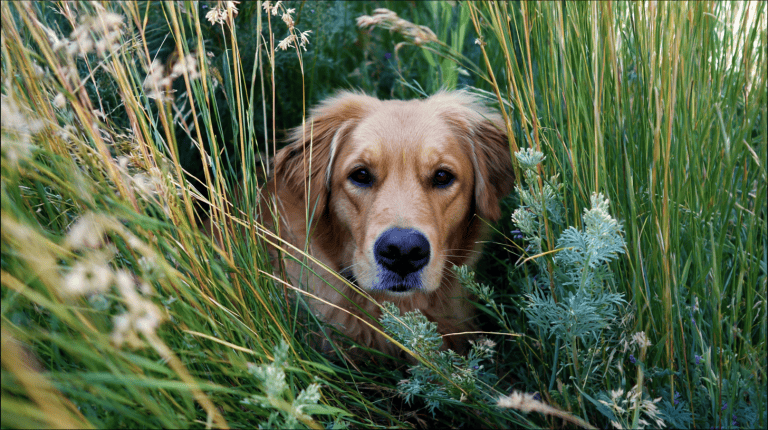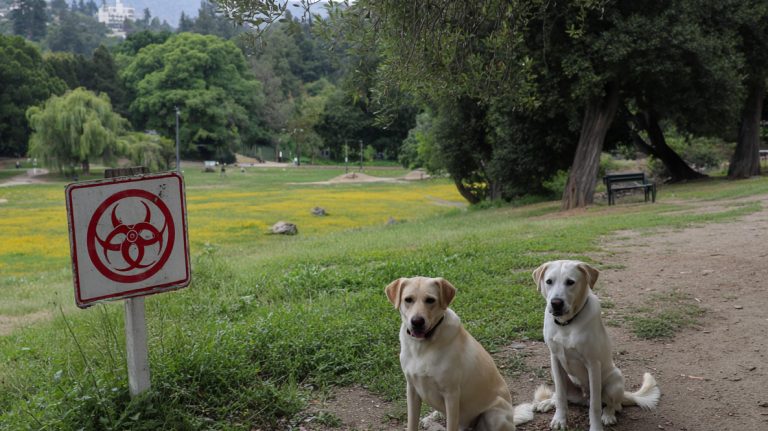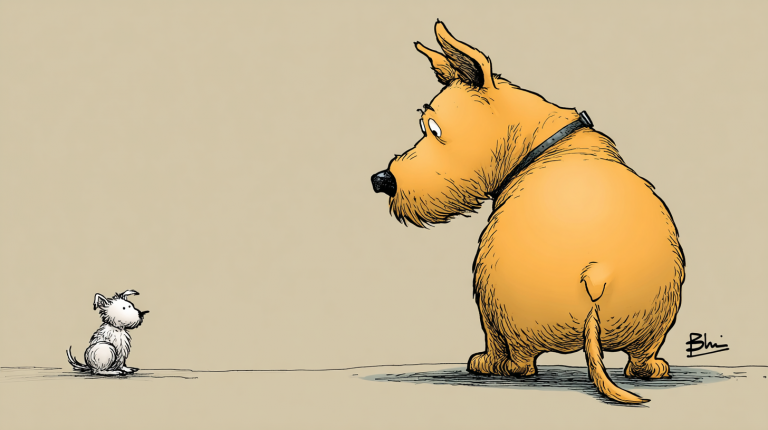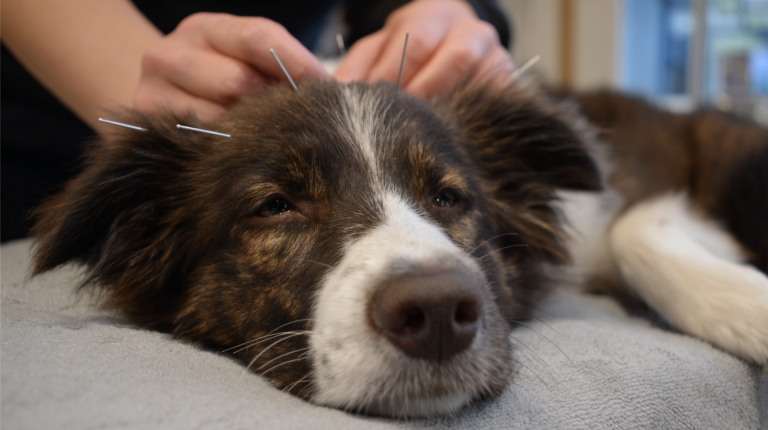It’s true that some traditional dog training methods have emphasized the need for the owner to be the “alpha” and dominate their dog, based on the idea that dogs adhere to a strict hierarchy within their pack. However, modern research in dog behavior has shown that this approach can be counterproductive and may lead to increased stress and anxiety in the dog.
Instead, a more positive and collaborative approach to training is recommended, focusing on building trust, clear communication, and mutual respect between you and your dog. Here are some tips to help you train your dog to be a well-behaved, confident, and self-directed companion:
- Positive reinforcement: Reward-based training is a cornerstone of modern dog training techniques. By using treats, praise, and other positive reinforcements, you can teach your dog that good behavior results in rewards. This will encourage your dog to repeat these behaviors in the future. Be consistent with your rewards and use a marker, like a clicker or a specific word, to signal when your dog has performed the desired behavior.
- Socialization: Exposing your dog to a variety of environments, people, and other animals from a young age is crucial in helping them become confident and well-adjusted. Regular socialization will allow your dog to learn appropriate behaviors in different situations and help prevent fear and anxiety.
- Obedience training: Teaching basic commands like “sit,” “stay,” “come,” and “leave it” will help your dog understand the behaviors you expect from them. Practice these commands in various settings and gradually increase the level of difficulty to ensure your dog can respond reliably under different circumstances.
- Set clear boundaries: Establishing clear rules for your dog, such as not being allowed on furniture or not jumping on people, will help them understand what is expected of them within the household. Be consistent in enforcing these rules to avoid confusion.
- Exercise and mental stimulation: Providing your dog with regular exercise and mental stimulation is essential for their overall well-being. A well-exercised dog is less likely to engage in destructive or unwanted behaviors out of boredom. Consider activities like walks, playtime, puzzle toys, and training sessions to keep your dog engaged and happy.
- Manage your dog’s environment: Set your dog up for success by managing their environment to minimize opportunities for unwanted behavior. For example, if your dog is prone to chewing on shoes, make sure to keep shoes out of their reach and provide appropriate chew toys instead.
- Be patient and consistent: Training a well-behaved dog takes time, and it’s essential to be patient and consistent in your approach. Don’t expect immediate results, and understand that setbacks are a normal part of the learning process. Regular, short training sessions are more effective than infrequent, long ones.
- Communicate effectively: Learn to read your dog’s body language and respond appropriately to their signals. This will help you understand their needs and emotions, fostering a stronger bond between you and your dog.
- Seek professional help when needed: If you’re struggling with your dog’s behavior or training, don’t hesitate to seek help from a professional dog trainer or behaviorist. Look for trainers who use positive reinforcement methods and have experience in the specific issues you’re facing.
- Encourage independence: While it’s important to provide guidance and boundaries for your dog, also encourage them to be self-directed and make good decisions on their own. Give them opportunities to explore and make choices, and reward them for making good ones.
By following these tips and focusing on a positive, collaborative approach to training, you can help your dog become a well-behaved, confident, and self-directed companion who is a joy to have both in your home and the wider community.










